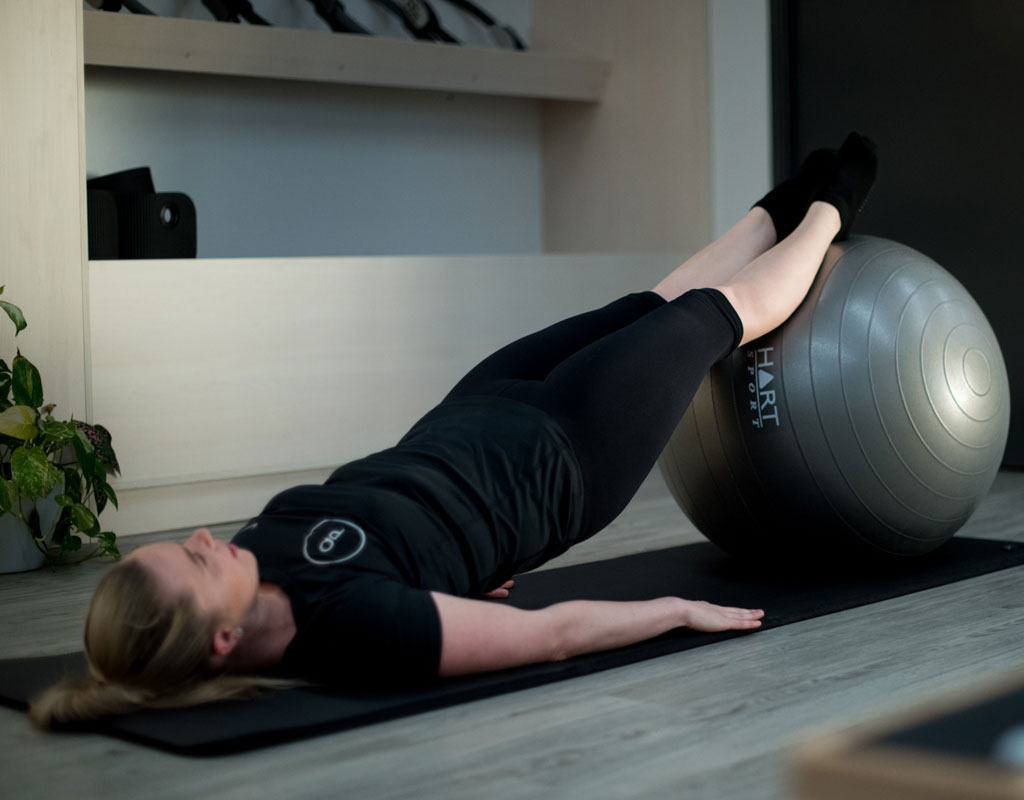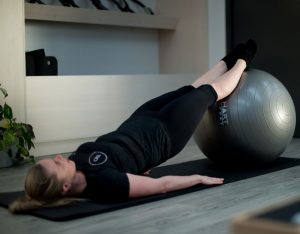
 The Do’s & Don’ts
The Do’s & Don’ts
Many women don’t cope well with strenuous exercise routines in abdominal/ core, combat and attack classes at the gym, even the LOW impact “options” within some of the Les Mills classes are really not considered “safe” for the pelvic floor in a lot of cases. Bladder weakness can be aggravated or caused through inappropriate exercise and it is very important to understand the effect of different sorts of exercise on the pelvic floor, to enable women to choose the correct exercise regime for them.
Interestingly, 28-52% of elite athletes experience Stress Incontinence with running, jumping and landing. For a young, healthy, fit population, these numbers are far too high and with better education, women can become empowered to exercise without the risk of causing further lifelong damage.
Why do we harp on about the female pelvic floor? Because females more at risk than males because of their shorter urethra and the central opening in the PF muscles, childbearing function and also because their pelvic floor is directly related to hormonal status. A lot of women will notice that they have no problems until estrogen starts to decrease with pre-menopause and menopause. This is because the pelvic floor muscles respond to the natural estrogen levels in the body and become weaker as these decrease.
Pelvic floor weakness can manifest as light bladder leakage with running, coughing, sneezing and laughing, an urgency to get to the toilet or even pain in lumbar spine or pelvis can be a sign of weakness in the PF muscles which form part of our “Core”!

Test yourself, can you squeeze the pelvic floor up gently and maintain awareness of the pelvic floor during your exercise regime? Can you feel when it strains downwards with heavy weights or abdominal training? If the answer is no, then you are putting yourself at a higher risk of pelvic floor damage! We have a rule at Allsports Pilates Brisbane, if you can lift the pelvic floor and maintain awareness of it while hopping, star jumping, squatting and doing abdominal crunches then you are fine to participate in any gym classes and pilates programs, however if you cannot, then you should really be seeking advice and increasing your pelvic floor training at home to help strengthen and protect against further damage from exercise.
What to do if you experience leaking during sport?
Specific pelvic floor activation and retraining
- Sitting, lying, standing
- In functional positions to your sport eg stride stance, squat, reach
- Practice activating pelvic floor during training involving jumping, landing and running
- Low impact exercise classes at gym- eg yoga, pilates
- Participate in high intensity classes like spin, swimming or dancing to increase cardiovascular fitness
- Ensure adequate nutrition
Athletes with an eating disorder have higher rates of incontinence
- Focus on Core control and awareness during exercises
- Build in relaxation/ recovery phases
- Ensure your training has an element of lumbar and pelvic stabilization and postural awareness
What NOT to do:
Don’t stop exercising as a result
- While training the pelvic floor, which can take 5-6 months to improve functionally try these few tricks
- Tampons or pessary splints to help provide support for the bladder neck or use light pads
Impact exercise
- Gradually return to impact exercise when PF function starts to improve
- Tell your personal trainer, coach or health professional if you are having pelvic floor control problems with the exercise program
Trampoline/ springboard
- Never ever return to trampolining if you have experienced any pelvic floor weakness in the past.
Don’t Limit fluid intake or empty the bladder too frequently to try to prevent urine loss
Abdominal curls and heavyweights
Download the Pelvic Floor First app on your smartphone or iPad for an excellent pelvic floor training regime and pelvic floor safe exercises. These have been developed by physiotherapist Lisa Westlake who is passionate about pelvic floor safety within the fitness industry. She is working with the Continence Foundation of Australia to ensure greater public awareness and education of the pelvic floor. Pilates is a wonderful way of improving pelvic floor strength as it is a low impact, individualized method of exercise that can be scaled to suit the individual. It is important to be upfront with your pilates physio about pelvic floor weakness as it can also do more damage than good if it is applied poorly. This is why is it so important to see a specially trained women’s health physio or pilates physio who will fully understand the implications of certain exercises on the pelvic floor muscles! Q Pilates is run by 3 female physiotherapists who have special training in Pelvic floor strengthening and are passionate about ensuring appropriate application of the Pilates Method to all women.

